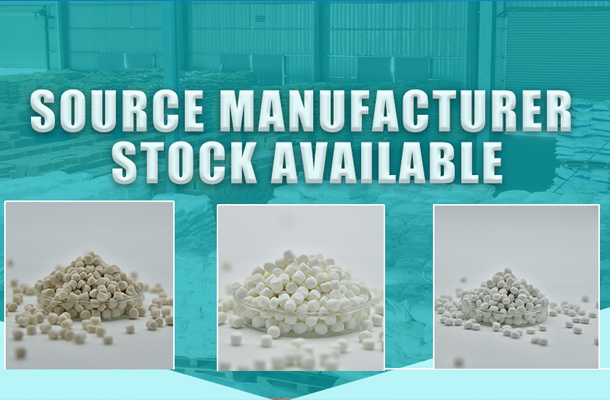It's important to clarify that whether anatase is "better" than rutile or vice versa depends heavily on the specific application context. Each form has its own set of advantages that make it more suitable for certain uses. Here are some reasons why anatase might be considered favorable in particular situations:
Higher Photocatalytic Activity: Anatase titanium dioxide exhibits significantly higher photocatalytic properties compared to rutile. This characteristic makes it more effective at breaking down pollutants and organic materials when exposed to light, which is beneficial for applications such as self-cleaning surfaces, air purification systems, and antimicrobial coatings.
Lower Cost in Some Cases: Historically, anatase could be produced at a lower cost than rutile due to differences in processing requirements. However, this can vary based on factors like production technology, location, and market conditions.
Brighter Initial Color: Though rutile generally provides better long-term color stability, anatase can offer a slightly brighter initial color tone, which might be preferred in certain indoor applications where UV resistance is less critical.
Environmental Remediation: The strong photocatalytic properties of anatase make it useful in environmental applications such as water treatment and pollution control, where it can degrade harmful chemicals and contaminants.
Flexibility in Synthesis: Anatase titanium dioxide crystals can be more easily synthesized with controlled sizes and shapes, which is useful in advanced technologies requiring tailored properties, such as in certain types of solar cells or as a support material for catalysts.
However, rutile titanium dioxide is generally favored for its superior weather resistance, opacity, and durability in outdoor applications, indicating that neither form is universally "better" without considering the specific needs of the application. In many cases, a blend of both anatase and rutile is used to optimize performance and cost-effectiveness, taking advantage of the strengths of each form.








